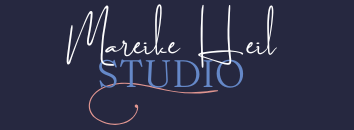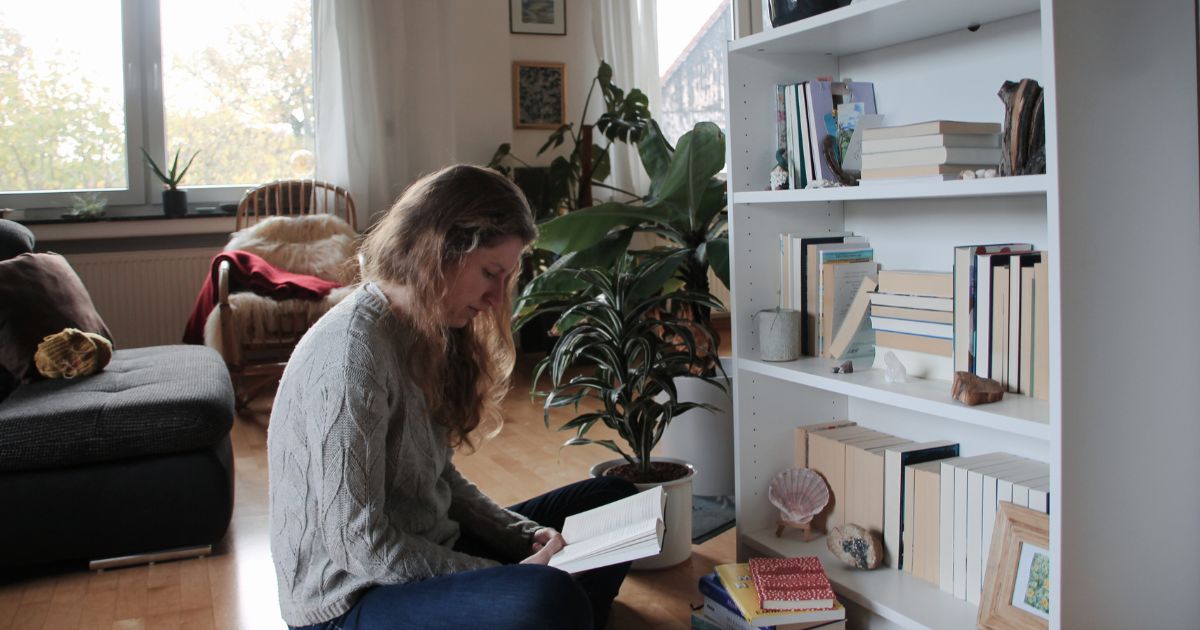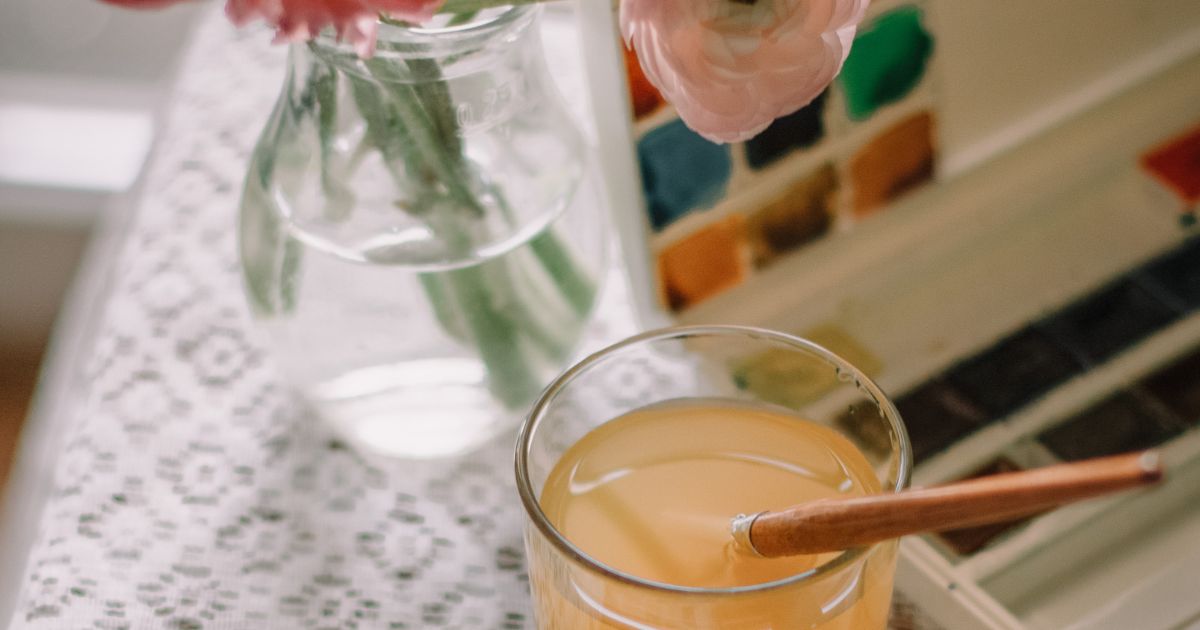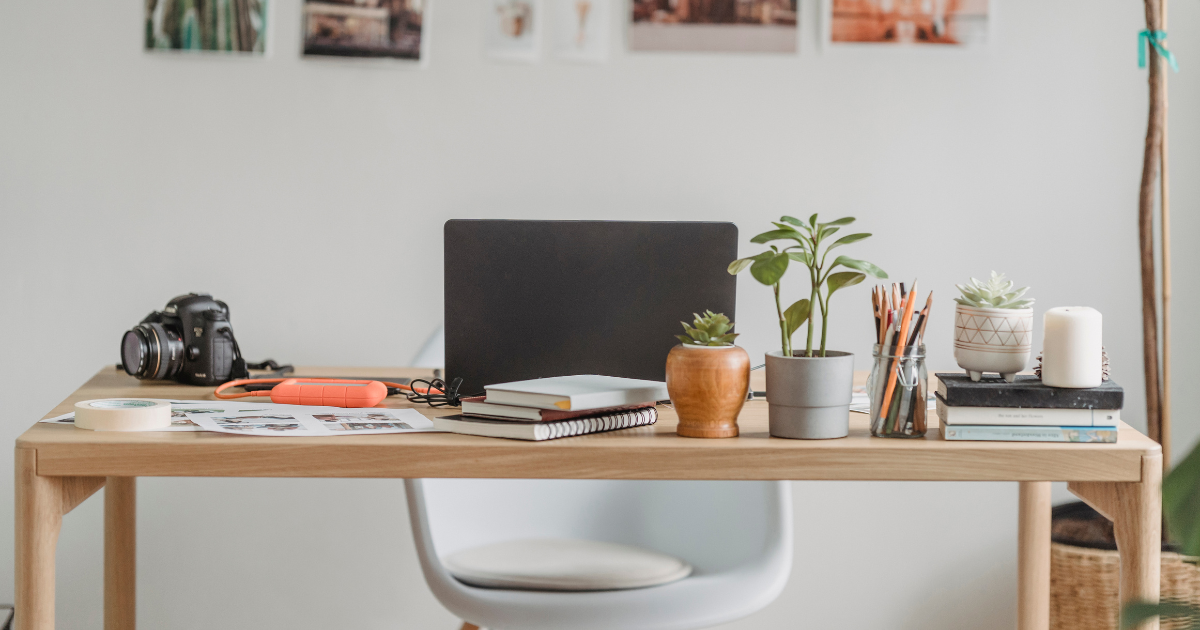Without books I wouldn’t have grown and learned as much as I did about art and writing and especially about myself. So, I thought why not write a (frequently updated) list of book recommendations for artists and writers. I love when other creatives share their favourite reads – just a have a peek into my screenshots folder on my phone – because often, you find great ones and get tips for books you probably wouldn’t have found in the bookstore (or only while browsing the web). Books delight me, though I’m a VERY slow reader, but they also give me knowledge which is essential to grow. So, below you’ll find my must-reads for any creative, artist, writer or whatever you call yourself.
I’ll leave the comment section open, so feel free to add your favourite read over there. We can all benefit from that.
Also, TBR means To Be Read. I’ll add those too.
Oh, and what is really important to me: When you want to buy one of these books, do so with your local bookstore.
Books for Creatives – in General
A few years ago, I discovered how much I enjoy reading (often belittled and underestimated) self-help or advise books. Though I usually never read “Do X and it will change your life forever” or “How doing Z helps you to gain power over blabla” books. They sound so sleazy and classic and boring and like they can’t stand what they make me dream about (making an exception for Brianna Wiest – see below). More often, I find myself enjoying books that offer lots of knowledge or wisdom without giving me a bad feeling or demanding that I only have to do XYZ and that’s going to fix me / my problems / my life. So, below you’ll find my list of book recommendations for creatives that truly helped me or inspired me in any way.
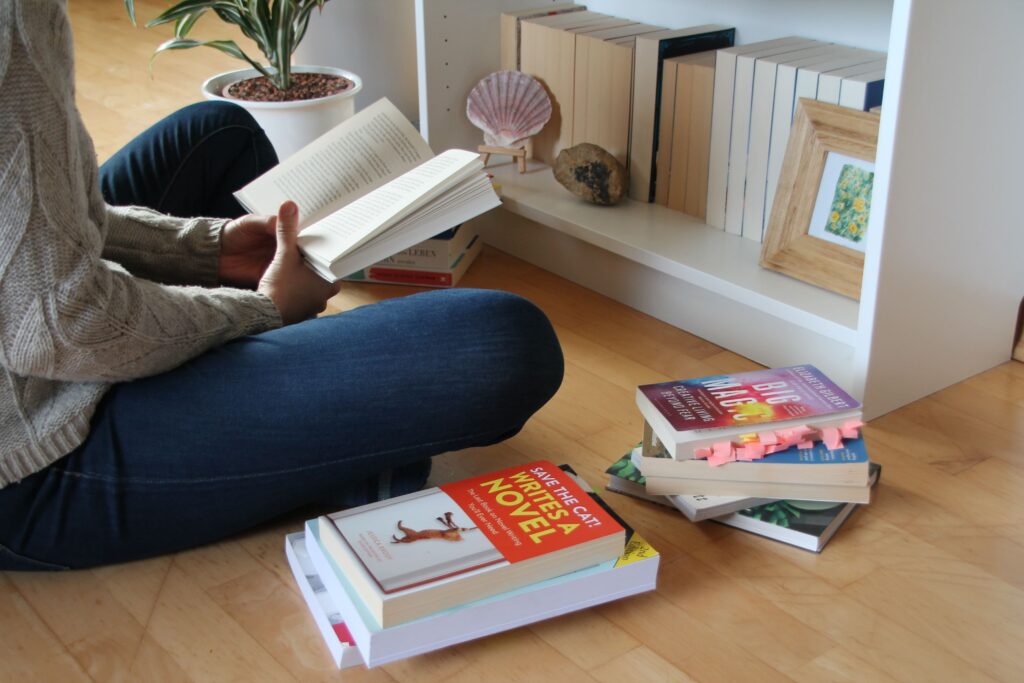
Big Magic by Elizabeth Gilbert
A truly magical book. Seriously: READ IT. It’s been inspiring and very wise and helped me a lot in a time where I didn’t have much energy left for creativity. She talks a lot about creative courage, fear and shame, which I found incredibly helpful. Big Magic is also a fun and easy read because Elizabeth Gilbert tells many stories from her own life and shows what these meant for her writing practice and creative journey. It’s fierce and strong and lifts you up.
A favourite passage (and there are many):
“The guardians of high culture will try to convince you that the arts belong only to a chosen few, but they are wrong and they are also annoying. We are all the chosen few. We are all makers by design. Even if you grew up watching cartoons in a sugar stupor from dawn to dusk, creativity still lurks within you Your creativity is way older than you are, way older than any of us. Your very body and your very being are perfectly designed to live in collaboration with inspiration, and inspiration is still trying to find you – the same way it hunted down your ancestors.
All of which to say: You do not need a permission slip from the principal’s office to live a creative life.
Or if you worry that you need a permission slip — THERE, I just gave it to you.
I just wrote it on the back of an old shopping list.
Consider yourself fully accredited.
Now go make something.”
Go make something.
Daring Greatly by Brené Brown
A very good friend of mine, with whom I’ve studied, suggested once that I should read this book, after I told her how mind-blowing I found Brené Brown’s show on Netflix (The Call to Courage). This book has been among the first self-help books I’ve read, and it really made me open and curious to read more.
Its subheading is “How the Courage to be Vulnerable Transforms the Way We Live, Love, Parent and Lead” and actually there is nothing more to add, if you want to know what this book is about. Courage and Vulnerability – about weakness and failure and perfection. And honestly, as a creative you face all these daily. There would be something missing in your work if you just strove for perfection; if you don’t show up with courage and vulnerability. You wouldn’t grow without failures and weaknesses; you wouldn’t create human works.
A favourite passage:
“Shame derives its power from being unspeakable. That’s why it loves perfectionists – it’s so easy to keep us quiet. If we cultivate enough awareness about shame to name it and speak to it, we’ve basically cut it off at the knees. Shame hates having words wrapped around it. If we speak shame, it begins to wither. Just the way exposure to light was deadly from gremlings, language and story bring light to shame and destroy it.
Just like Roosevelt advised, when we dare greatly we will err and we will come up short again and again. There will be failures and mistakes and criticism. If we want to be able to move through the difficult disappointments, the hurt feelings, and the heartbreaks that are inevitable in a fully lived life, we can’t equate defeat with being unworthy of love, belonging, and joy. If we do, we’ll never show up and try again. […] Shame resilience is the ability to say “This hurts. This is disappointing, maybe even disastrous. But success and recognition and approval are not my values that drive me. My value is courage and I was just courageous. Yon can move on, shame.”
Four Thousand Weeks by Oliver Burkeman
The title says this book is about “Time Management for Mortals” and that’s as misleading as it is true at the same time. If your tired and sick of all these how to optimize your day to squeeze more in and get more done in the hours you have, and hustle culture, and how to multi-task better advice, then this is your book. It perfectly highlights that we should rock these four thousand weeks we have on average on this earth and that by the end of the day, it comes down to our little and big decisions. What we decide not to do and will never do. That life is finite and that hunting our future will never make us happy in the present.
I think this book is important for creatives because all too often we find ourselves working towards a big goal in the future, hustle along, create and create just to stop enjoying what we have right now or the creative process we’re in just in this minute.
A favourite passage:
“We choose to treat time in this self-defeatingly instrumental way, and we do so because it helps us maintain the feeling of being in omnipotent control of our lives. As long as you believe that the real meaning of life lies somewhere off in the future – that one day all your efforts will pay off in a golden era of happiness, free of all problems – you get to avoid facing the unpalatable reality that your life isn’t leading towards some moment of truth that hasn’t yet arrived. Our obsession with extracting the greatest future value out of our time blinds us to the reality that, in fact, the moment of truth is always now – that life is nothing but a sucession of present moments, culminating in death, and that you’ll probably never get to a point where you feel you have things in perfect working order. And there you had better stop postponing the ‘real meaning’ of your existence into the future, and throw yourself into life now.”
Set Boundaries, Find Peace by Nedra Glover Tawwab
This is a book about communication and why it is important to set authentic boundaries. There are also chapters on how to communicate them if you’re lacking the words to say what you need to say. I found this to be helpful because, especially as I’m still in the emerging artist phase, some people close to me don’t respect the time I need to spend on my creative endeavours or think they can give unsolicited advice or question what I do just because they can’t imagine any sense behind this. Maybe this sounds familiar to you. If so, Set Boundaries, Find Peace will help you deal with these incidences and be clearer about what you want and need.
The Multi-Hyphen Life by Emma Gannon
The Multi-Hyphen Life inspired me to finally settle upon my idea to pursue both – writing and painting. I always felt a bit uncomfortable about not being able to settle for just one career / project / dedication and that I was bored incredibly fast when I sticked to just one thing for a while. This book opened up the idea to me that you can follow several dedications / projects or so when you enjoy it. That you don’t have to work in field X and stay there forever. The Multi-Hyphen Life is a really great book for any creative, as we often find ourselves with doing several jobs at once and even enjoying this.
A favourite passage:
“We all have things we are good at, even if they are not the usual extroverted skills rewarded in a big corporate workplace. Keep an eye on the quieter things that will give you an edge over your competition. Remember these skills, nurture them and know there is a place for them in your multi-hyphened career path.”
(Dis)Connected by Emma Gannon
At first: MUCH love for this red poker-dot cover. Then, I bought this book at a time when I was feeling drained by social media and was searching for an alternative route, helpful tips and just someone who said “I know it’s exhausting, this is how I see this.”; something beyond all-in or nothing-at-all. With her book (Dis)Connected, Emma Gannon really dived into how technology shapes our world and why we either feel disconnected or are able to reconnect.
As a creative with a business, I find it more and more difficult to keep up with everything that the internet world demands – be present and active, post lots, create unique content, etc. So, this book helped me to find my own view (for now), settle for it and be more aware of my boundaries with social media.
For example, after I’ve read this book, I massively unfollowed anyone whose content doesn’t either inspire me, leaves me wiser or has me feeling good when I close the app. Social media is (mostly) not the place where I consume challenging content. It’s not what I want this place to do for my life. I consume challenging content in book, article, or newsletter form, where I can read it in my own pace and when I’m ready to process it. Deciding this and taking action made using Instagram more fun and a less triggering place, which was my goal.
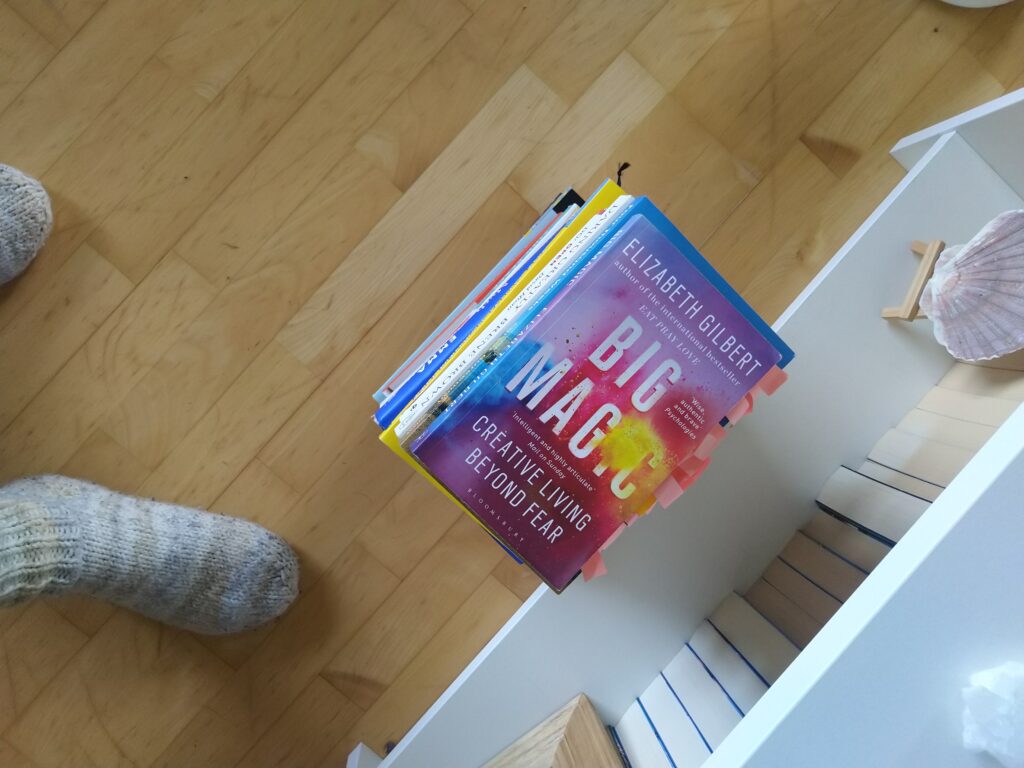
The Success Myth by Emma Gannon (Yes, I’m a fan!)
OK, now it might dawn on you that I’m an Emma Gannon fan. And yes, it’s true. I even pay for her substack “The Hyphen” (and love it).
ANYWAY, The Success Myth is her most recent book, discussing very important topics – why do we want to be successful? What does this even mean and do to us? Why is the traditional definition of success so harmful and often leads to burnout? Why do we think we fail, when we don’t achieve the “right” things? Which other myths are connected to success?
I know the feeling of failure all too well: When you don’t achieve the milestones set for your life or for your career path, just because your life looks different than the average. It’s a great book for creatives, as our achievements and successes might look entirely different (especially when you’re starting out) to traditional success. The book helped me to find my own definition of success, though it is still challenged by my own brain every now and then. My biggest challenge is to stop believing that getting/having money = successful; no / little money = failed. Or sold art = successful; no sold art = failed. It’s much more nuanced and if it would come down to this, I wouldn’t be an artist and writer at all.
A favourite passage:
“The goal is to figure out what you want […]. We can be ambitious in the ways we fight for the life we want to have. Ambition doesn’t have to mean one thing. Our ambition changes as our lives change, and so does our definition of success. It may not stay exactly the same over the course of our lives, and that’s OK.
It’s also OK to be a barrel of contradictions when it comes to our sense of ambition. Most people […] flit between ‘world-domination goals’ and wanting to live a quiet life in a cottage by the sea. […] It’s normal to want nothing and everything all at once, or totally different things on different days. To go in and out of things. It’s not all about upwards growth.”
101 Essays That Will Change The Way You Think by Brianna Wiest
Maybe you’ve already heard from Brianna Wiest because if you’re a bookworm and into “self-help books”, then it’s pretty difficult to not come across her, as she’s been rocking the best seller lists in the past years. As the title says, there are 101 great essays in this book, each one of them about something that may makes us struggle, or a question that is worth thinking about or simply something that makes our selves and our lives very human. I’m only halfway through because it’s a quite big book, but I think it’s a great book for creatives because there are several essays that may help you in times with challenging thoughts or when we feel inadequate and it definitely makes you a bit wiser (and calmer). Oh, and its language is great. I love books with a great choice of words.
A favourite passage (GERMAN because I only have this book in German):
“Du wirst für die Dinge, die wirklich zählen, nie bereit sein, und indem du darauf wartest, bereit zu sein, bevor du zu handeln beginnst, vergrößerst du die Lücke zwischen Wissen und Handeln. Es ist unangenehm, zu arbeiten, sein Toleranzfähigkeit zu erweitern oder durch jemanden verletzt werden zu können, der einem am Herzen liegt, doch es ist nie unangenehmer als sein gesamtes Leben ohne das zu verbringen, was man sich wirklich wünscht.“
DO / Open / How a simple email newsletter can transform your business by David Hieatt
This one is for all creatives in business, who still struggle with their newsletter (I’m a huge newsletter advocate). It’s a small book where David Hieatt shows you how a simple newsletter saved his business. If you have no idea if you need a newsletter or not (you do) and what you could do with it, read this book.
A favourite passage:
“How to respect people’s time? Be excellent. If you respect people’s time – and I don’t just mean by saying you do, but you actually do – then you will think hard before you send them a newsletter. You will do your best to make it super-useful. To make it truly inspiring. To make it deeply relevant. To make it as simple as you can. As beautiful as you can.”
TBR Pile of Books for Creatives
I’m a slow reader, so my TBR piles are huge and I don’t even know if I’ll be able to read all those books, but I wish I’ll do. As my slow reading doesn’t mean you also shouldn’t benefit from my TBR pile, here you’ll find my – books for creatives list where I can’t give you an insight because I haven’t read them YET but would love to – list.
The Mountain is You by Brianna Wiest
Be Bad, Better – How Not Trying So Hard Will Set You Free by Rebecca Seal
The Artists Way by Julia Cameron (everything by Julia Cameron)
The Creative Business Handbook by Alicia Puig and Ekaterina Popova
Make Time for Creativity by Brandon Stosuy
Stories That Stick by Kindra Hall
The Long Game by Dorie Clark
Books for Writers
Heeey, you’ve made it in this books for creatives article to the section where we’ll talk about books for writers. So, maybe you’re looking for a specific book that fuels your writing practice. These few have helped me along the way, but I also learned a lot during my university years and a university-led, three months creative writing workshop. Sadly, I can’t give you any recommendations in book form from these times, but I know that writing workshops and retreats are offering lots of benefits next to reading books.

Save The Cat! Writes a Novel by Jessica Brody
If you want to write a novel and are looking for THE book to helps you plot and design, this is yours. Go for it. There are so many useful tips inside, though it’s main concept “Save the Cat” is originally from screenwriting. It’ll help you to create a great story and characters that are truly yours, but also designed in way that makes the novel work and stand out. It literally takes you through every step of the journey with many examples – beginning to end.
A favourite passage:
“But why should novelists follow in the footsteps of screenwriters? After all, we novelists came first!
The truth is, in today’s media-centric, fast-paced, technology-enhanced climate, we novelists are actually competing with screenwriters [added by me: and the internet as an entertainment platform]. Like it or not, since the moment that first silent film hit the big screen, novels had to contend with movies as a source of entertainment. Charles Dickens and the Bronte sisters didn’t have to compete with the latest high-octane superhero flick or the newest Melissa McCarthy comedy, but we modern novelists do.
The key is all in the pacing. A well-paced novel with visual elements, compelling character growth, and an airtight structure can step into the ring with any blockbuster film – and win.”
Leben Schreiben Atmen by Doris Dörrie
This book is only available in German, I’m afraid (at least I haven’t found it in English). It’s a great book for anyone who is curious about what’s going on in a writer’s head, but it’s an even better book for writers. Doris Dörrie writes essays about her life, about what writing means to her and shows you how she processes her life in written form. She gives advice for the curious writer and the stuck writer, tips about what you can write about and little tasks on each topic that she encounters in every chapter. A true invitation to write about what needs to be written, about the joy of writing and about processing your life in writing.
A favourite passage:
“Schreiben ohne Ehrgeiz, ohne Ziel. Nur notieren und sich so des eigenen Lebens vergewissern. Mehr ist es oft nicht. Durch das Schreiben fühlt man sich wieder in der Welt zu Hause. Man nimmt Kontakt mit ihr auf, fliegt nicht melancholisch davon, sondern sitzt mit dem Hintern im Rasen unter allen anderen. Mit oder ohne Einhornschwimmreifen.
Die zweite Übung: flanieren und notieren. Von einem Ort zum anderen wandern, anhalten, zehn Minuten schreiben, weitergehen. […]“
The Handbook of Creative Writing edited by Steven Earnshaw
It’s a handbook with essays from writers working in Higher Education as teachers for creative writing, offering critical thinking and theoretical approaches, as well as inspiration. What I enjoyed about this book is that it includes so many different subjects. You’ll find a chapter about The Writer as an Artist, about Flash Fiction, as well as about How to Start a Literary Magazine. There are chapters about poetry and screenwriting, but also about the writer’s life. So, if you just want a guide on anything writing, this one is a really good read.
Blog Boosting by Robert Weller and Michael Firnkes
To some degree, I’m still a blogger in the heart, as I’ve been blogging for such a long time now. As it got more serious, I bought this book as a guide to improve my blogging and blog. I still think it’s a very helpful book, also including lots of technical advice on how to run a blog. Blogging is a very special kind of writing and if you’re looking for a book that helps you to run one, this one is really hands-on and well-structured.
TBR Pile for Writers
So many great books for writers left on my TBR pile and I’m sure I’ll add more over time. Which one is you’re favourite? I would love to read about it in the comments!
Still Writing by Dani Shapiro
Write Yourself Out Of A Corner – 100 Exercises to Unlock Creativity by Alice LaPlante
On Writing by Stephen King
The Gift by Lewis Hyde
Die Heldin Reist – Doris Dörrie
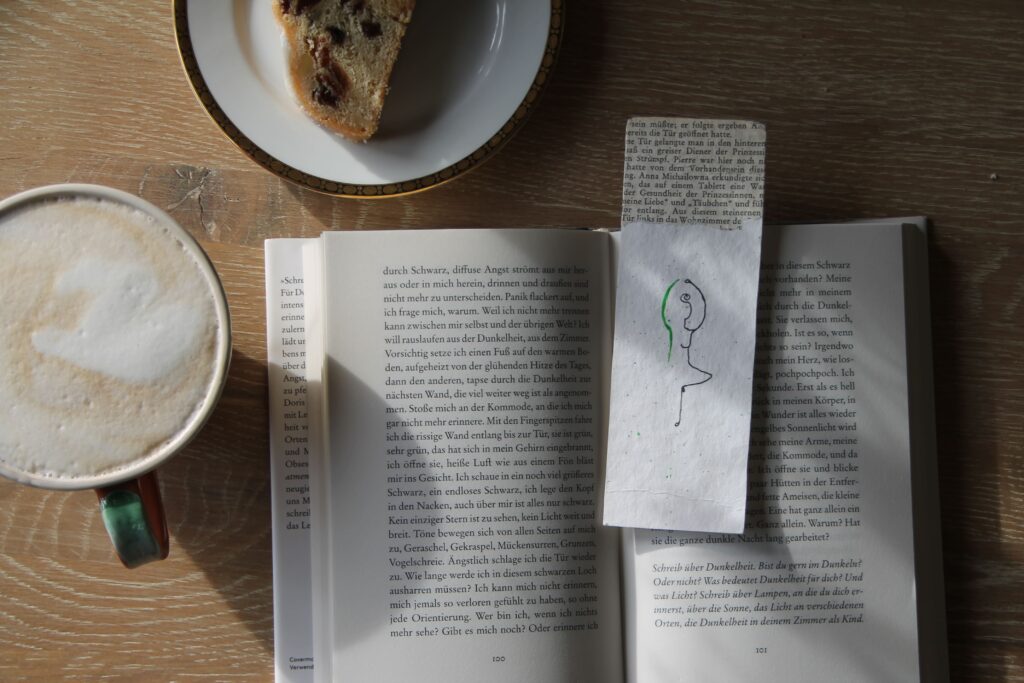
Books for Artists
Looking at my book recommendations for artists makes me a bit sad, apart from my TBR Pile, because it doesn’t give you as much. However, I learned a lot about art when I studied art history and visual science in university. Analysing artworks while taking into account different theoretical concepts helped me to gain knowledge about what is / has been important in artworks.
Just to give you two examples: In one seminar (for a whole semester), we analysed the materiality of fabrics and jewellery in renaissance, baroque, rococo, and neoclassicist artworks. It was incredibly interesting, and we zoomed into these artworks like really close. Then, in another one more connected to visual science, I wrote a paper about “gaps” (German: Leerstelle) in illustrations in Alice Adventures in Wonderland and how the texts and illustrations create gaps and connections to make the reader / observer a part of the story or exclude them. These “gaps” are consciously added in artworks, photos or films to give the mind of the observer an opportunity to make conclusions of their own and therefore feel more connected and within the story, told by the artwork, illustration, photo or film.
What I (sadly) didn’t learn though, was about the process of art making, about colours and pigments and creativity. Now, here is my book for you – the artist (Yeah. One. I know!)
Die Künstlerinnen – Werke aus Fünf Jahrhunderten by Susie Hodge
This book gives you a great overview about what female artist having created in the past five centuries. As the art world and art history is still mostly dominated by men and we hardly learn or know anything about female artists, I find it important to have at least one book (find another one in the TBR Pile) highlighting the works of female artists.
TBR Pile for Artists
As an artist, right now I’m very interested into colours and pigments – where did they come from? How are they sourced and have been sourced? What can I do myself? It’s my way to connect the nature around me with my art, especially as I’ve always been drawn to the soil and stones. On the other hand, I’d love to look more into the creative process of art making and how it evolves. Therefore, you’ll find mostly books about these topics below.
As Christmas is approaching, I will for sure add some of these books to my wish list, so I can add them to this list of books for artists ASAP.
The Secret Lives of Color by Kassia St. Clair
Book of Earth: A Guide to Ocre, Pigment and Raw Color by Heidi Gustafson
Steal Like An Artist: 10 Things Nobody Told You About Being Creative by Austin Kleon
The Creative Act: A Way of Being by Rick Rubin
A Little History of Art by Charlotte Mullins
The Elements of Landscape Oil Painting by Suzanne Brooker
The Complete Smartist Guide by Ekaterina Popova and Alicia Puig
